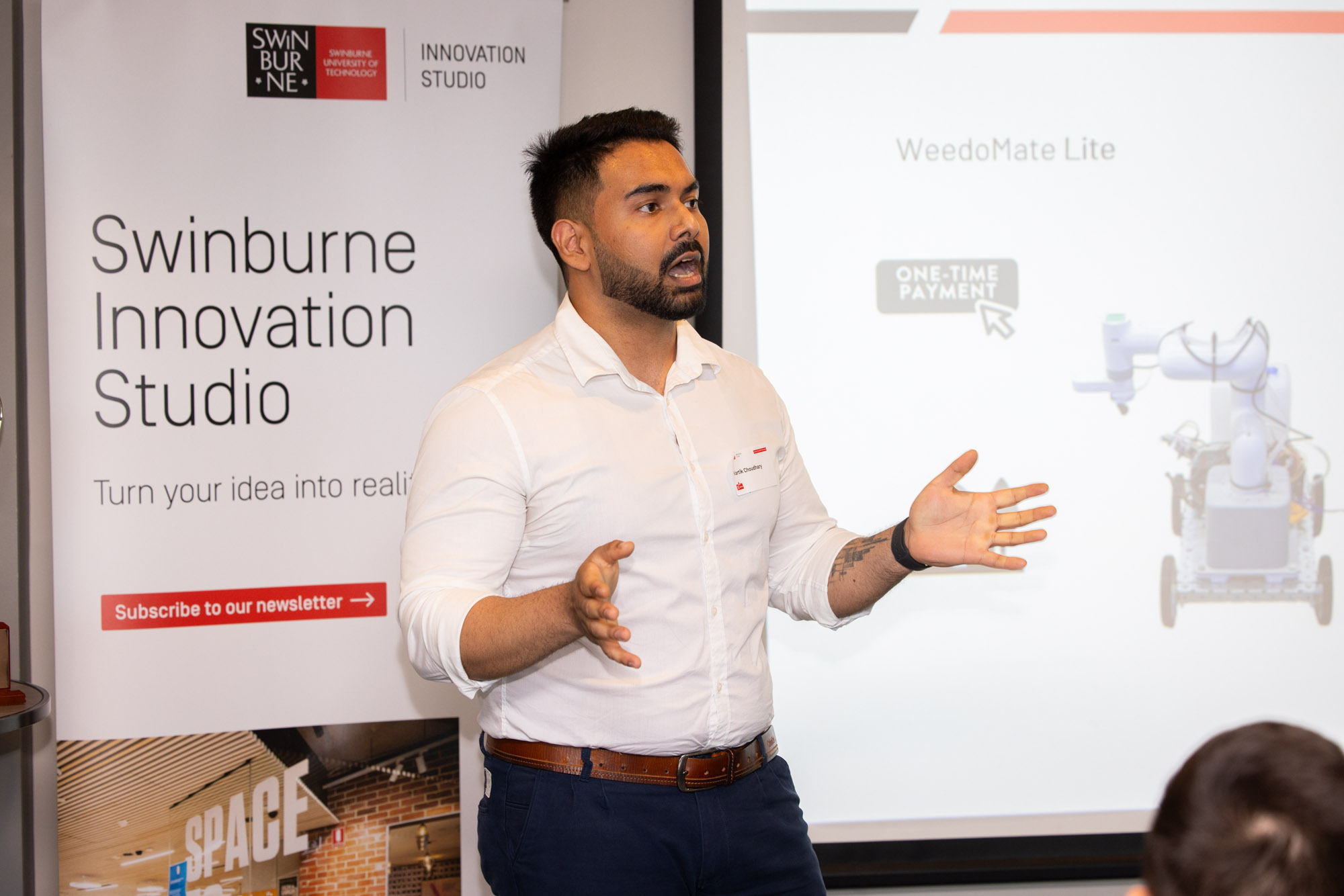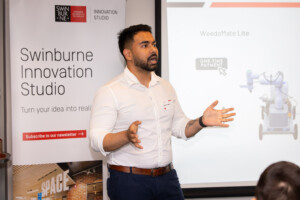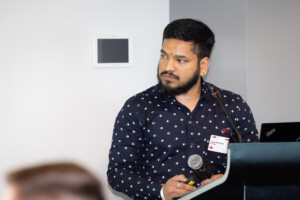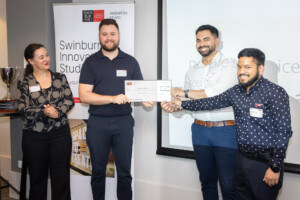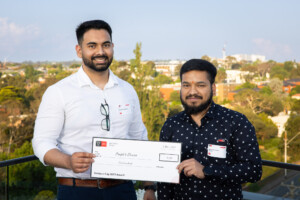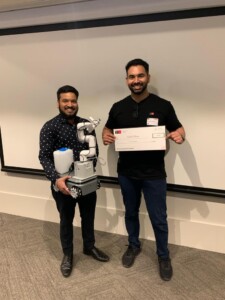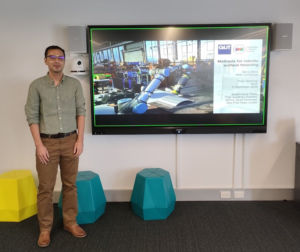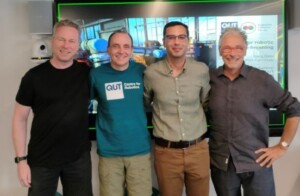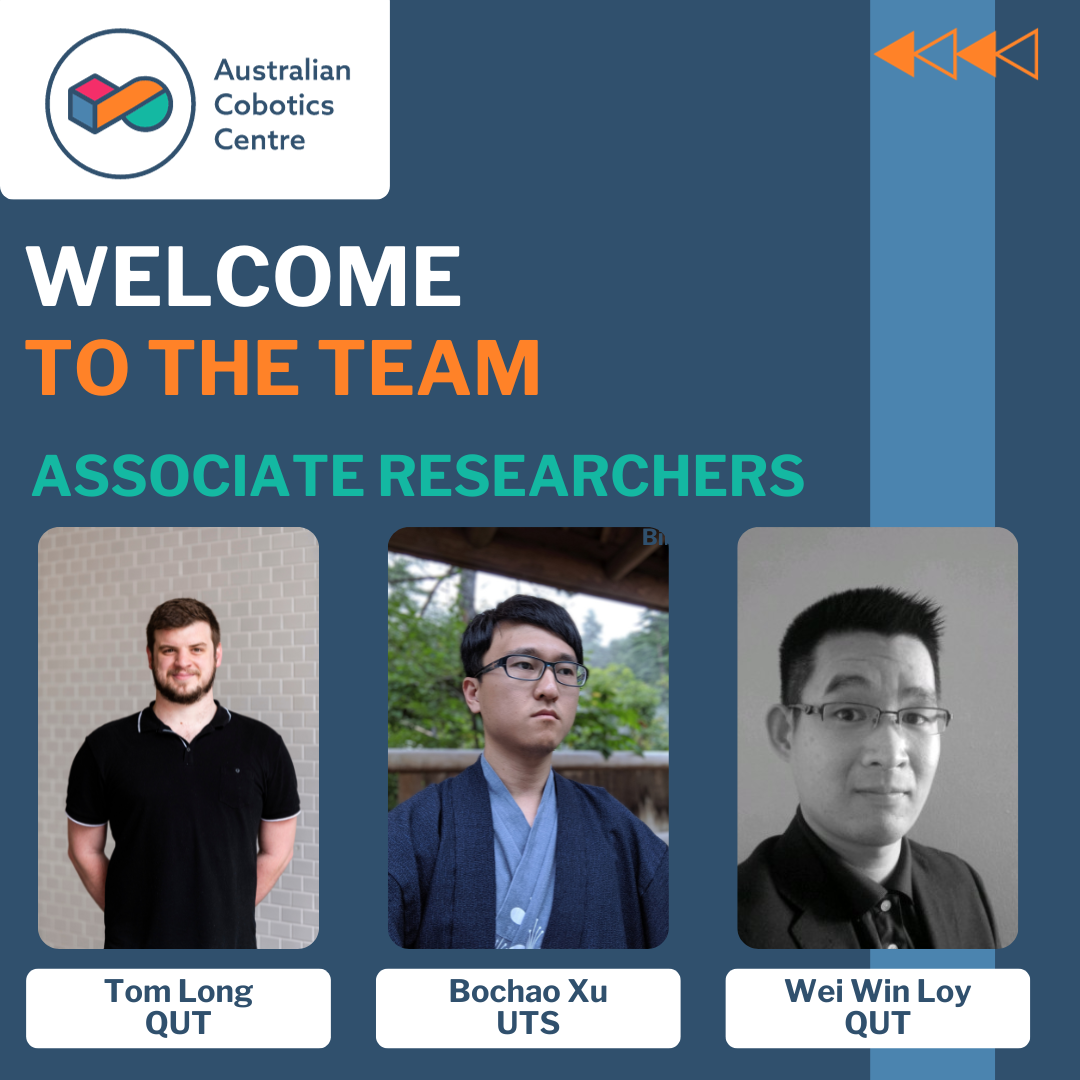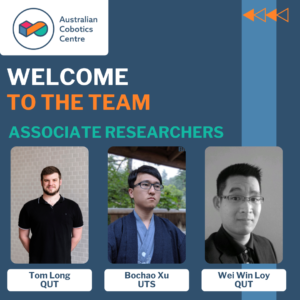 James Dwyer is a PhD researcher based at Queensland University of Technology and his project is part of the Human-Robot-Interaction Program at the Australian Cobotics Centre. We interviewed James recently to find out more about why he does what he does.
James Dwyer is a PhD researcher based at Queensland University of Technology and his project is part of the Human-Robot-Interaction Program at the Australian Cobotics Centre. We interviewed James recently to find out more about why he does what he does.
-
Tell us a bit about yourself and your research with the Centre?
Beginning my academic journey with a Bachelor of Psychology, I have always been deeply interested in human behaviour and the ways in which people communicate and connect with each other. After finishing this degree and entering the working world, I found a job in customer support, where I encountered firsthand the frustrations caused by poorly designed products and the impact technology has on people’s daily lives, sparking my interest in studying Industrial Design. Through this degree, I became interested in human-centred design as a way of approaching the design process to better meet user needs. My transition into design research, particularly focusing on HRI, was a natural progression, driven by a desire to blend my interests in people, technology, and prototyping as a research tool. At the Australian Cobotics Centre, my PhD research aims to develop an HRC prototyping toolkit that supports collaborative design approaches within manufacturing and surgical contexts. This work seeks to fill a crucial gap by integrating end-user needs and context of use into the design of cobots through collaborative design approaches. Working with industry partners Stryker and Cook Medical will be an invaluable part of this process, grounding my research in practical application and amplifying its impact. In the long term, I envision my research contributing significantly to the field by advancing HRC methodologies, promoting a more human-centred approach to HRC research, and broadening the scope of cobot applications across various industries.
Why did you decide to be a part of the Australian Cobotics Centre?
My decision to join the Australian Cobotics Centre was born from my interest in the Project 2.2 research topic, “Human-Robot Interaction (HRI) prototyping toolkit.” This topic aligned with my interest in prototyping as a research approach and engaging with end users through collaborative design processes, particularly in the context of HRI research. This project extends the work of my master’s research, where I developed a virtual reality-based HRI prototype. This experience was enlightening, presenting me with numerous ideas for future projects and highlighting the vast possibilities that Extended Reality (XR) technologies hold for prototyping and design research. This initial interest led me to look further into the Australian Cobotics Centre. What resonated with me about the Centre was its commitment to people-focused and innovative research. The Centre’s emphasis on collaboration between academia and industry also aligned with my belief in the importance of applied research that tackles real-world problems.
-
What project are you most proud of throughout your career and why?
One of the highlights of my career so far has been my involvement as the creative lead in the Soundline Project during my time with the ARS Electronica Futurelab Academy at QUT. The project explored how technology can facilitate group flow, transforming festival cues, lines and waiting areas, which might be considered an ‘error’ in the festival experiences, into playful and creative opportunities. Soundline was designed to allow people at any level of musical proficiency to contribute meaningfully to a collective soundscape through physical interaction with five different musical instruments. The instruments allowed participants to create music through physical movement, fostering a unique collaborative experience between the performers and audience members. This project is particularly dear to me for several reasons. It was a testament to the power of interdisciplinary collaboration, combining elements of design, technology, music, and dance performance. The hands-on experience of guiding the project from its initial concept to its public execution was also invaluable, teaching me the importance of an iterative design approach that integrated different perspectives and skill sets. Furthermore, the recognition of our work as a finalist for the IxDA Interaction Awards in 2019 was an affirming milestone, underscoring the project’s impact and the potential of interdisciplinary practice in design practice and technological development.
-
What do you hope the long-term impact of your work will be?
My research aims to address a critical gap in Human-Robot Interaction (HRI) by developing a prototyping toolkit that supports collaborative design approaches with end-users, a facet often overlooked in current practices. The need for a more human-centred approach in HRC research is evident, as current trends lean heavily towards technology-centric methods. The socio-cultural and socio-technical challenges presented by implementing cobots in manufacturing and surgical contexts necessitate a balance between technological advancements and human needs. By advocating for a design process that respects and integrates worker preferences and concerns, my work contributes to a more inclusive and considerate approach to cobot implementation, potentially leading to safer, more comfortable work environments. The development of a prototyping toolkit that encourages co-design could significantly enhance interdisciplinary collaboration, bridging gaps between fields such as engineering, social science, and design. By making the design process more inclusive and participatory, this toolkit has the potential to influence broader discussions on technology implementation, worker participation, and the ethical considerations of integrating robotics in the workplace.
-
Aside from your research, what topic could you give an hour-long presentation on with little to no preparation?
Beyond my academic pursuits, my passions are varied and deeply rooted in the explorative and speculative realms of science fiction and design and the creative pursuits of music and art. This fascination extends to the disciplined and intricate world of martial arts, where I have spent half my life trying to achieve some level of proficiency but have gained, at the very least, a great appreciation for the mental discipline the practice instils in my daily life. Music also holds a special place in my heart. While I still struggle with theory, the process of song construction and the communal experience of improvisation captivates me, providing a unique form of collective engagement and reflection. Art, too, is a refuge for me, albeit my sketches may not win awards. The immersive process of striving to capture the right expression or scene is a form of meditation, a way to lose myself in creativity. Similarly, the joy of understanding processes through the act of making or deconstructing complex ideas is a thread that runs through all my hobbies. While I might describe myself as a “jack of all trades and master of none”, this eclectic mix of interests is interconnected, each informing and enriching the others; these activities reflect and reinforce my approach to life and work, revealing my weaknesses and areas for growth. Rather than talking about these topics, however, I often find I am more interested in delving into the depths of someone else’s expertise. In this, I find myself in the role of the perpetual student, eager to absorb and understand more.
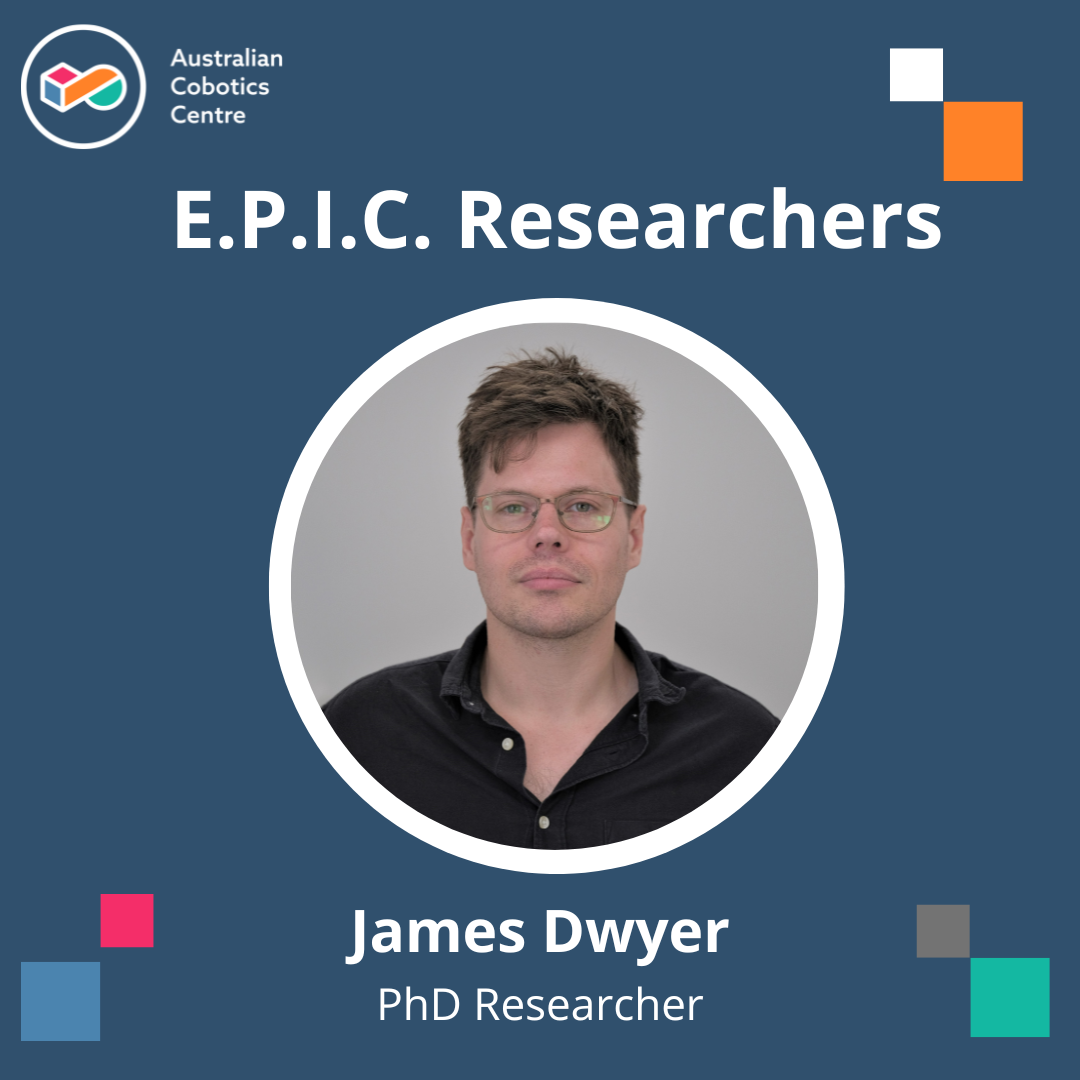

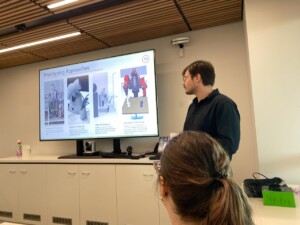
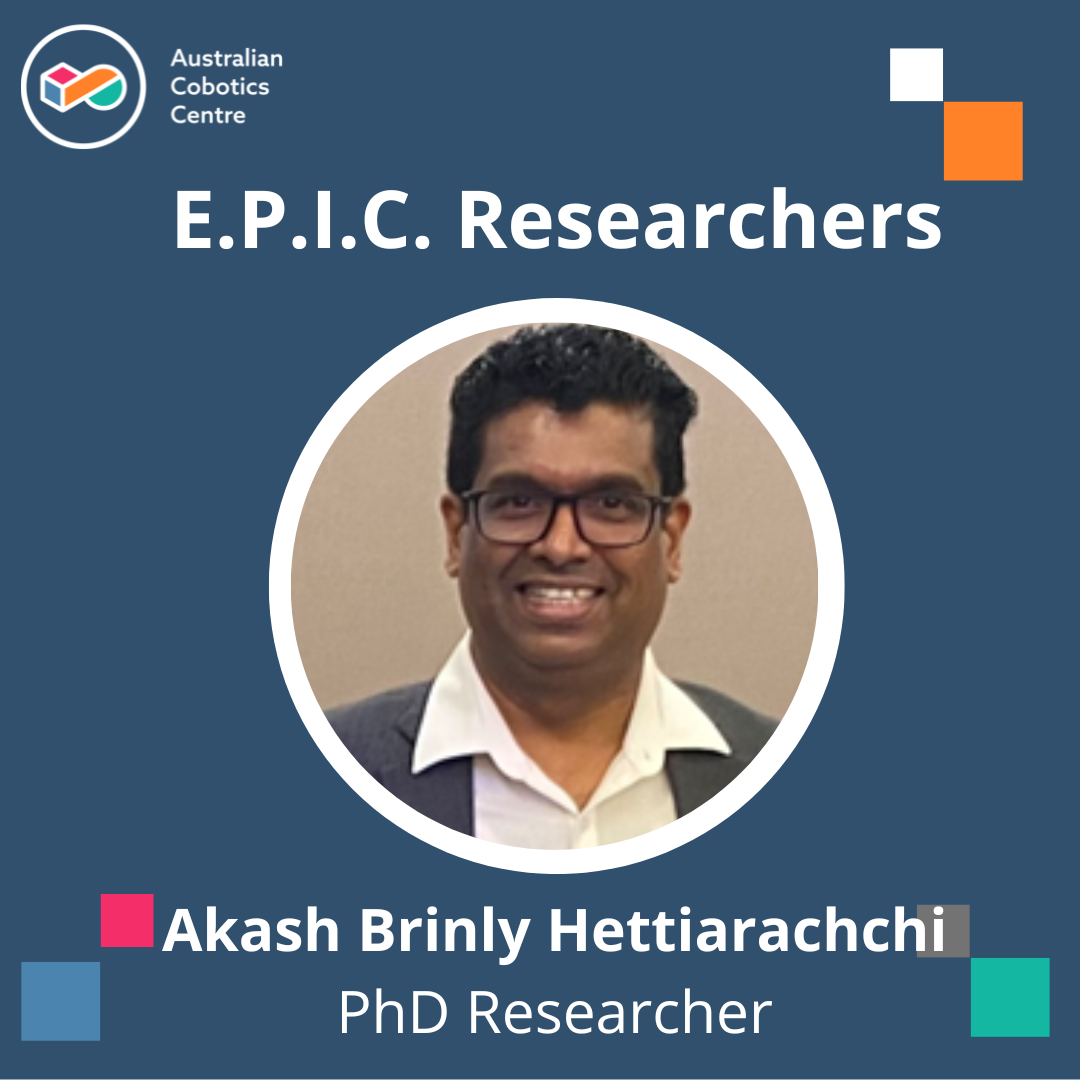
 Akash Hettiarachchi is a PhD researcher based at Queensland University of Technology and his project is part of the
Akash Hettiarachchi is a PhD researcher based at Queensland University of Technology and his project is part of the 
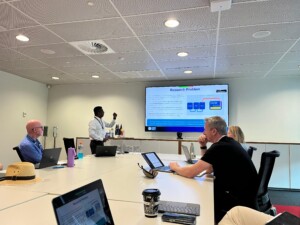
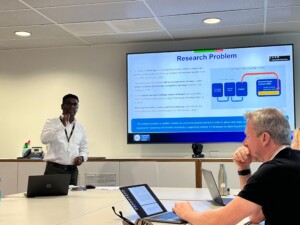
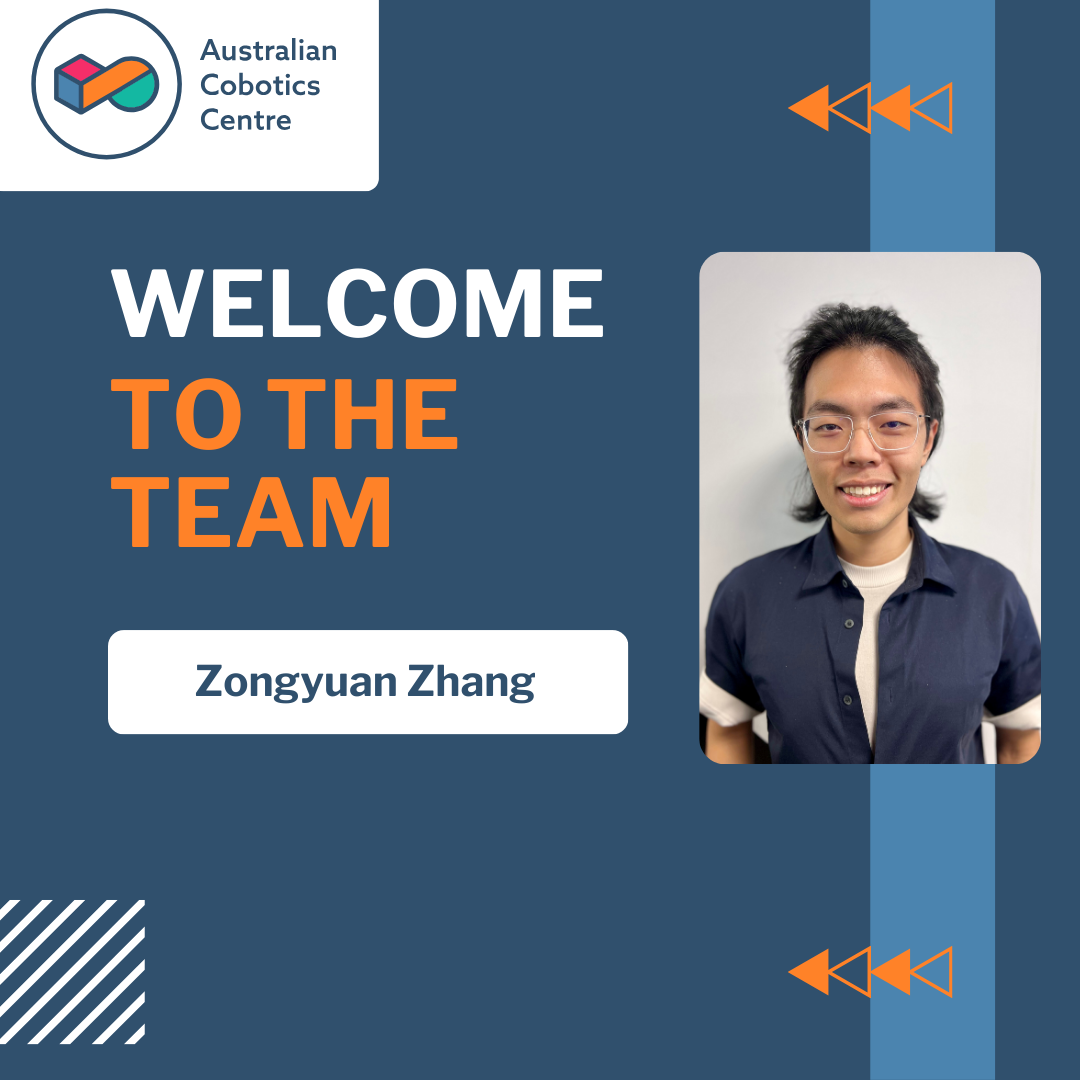
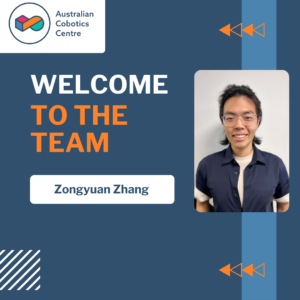 We are pleased to welcome
We are pleased to welcome 
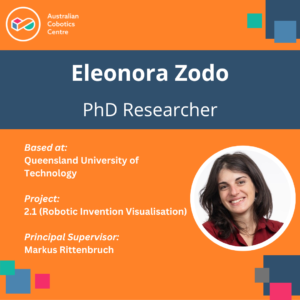
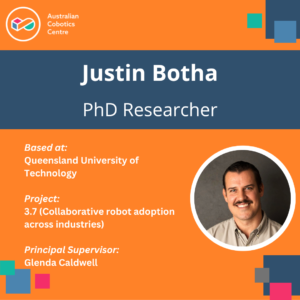
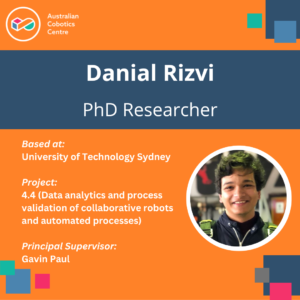

 Jacqueline Greentree
Jacqueline Greentree